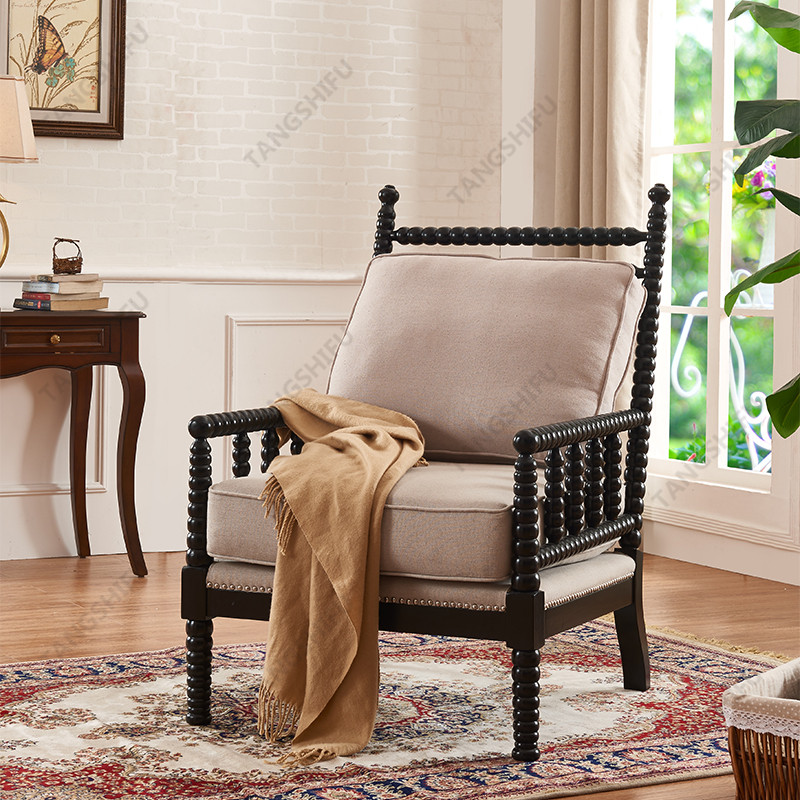When the post-90s became the mainstream consumer group in society, the competitive landscape of old and new brands has undergone tremendous changes: some old brands have come back to life, some once popular brands are going lonely, and some curious consumer brands have become popular overnight…
In the home furnishing industry, the post-90s generation has also begun to lead the consumption upgrade of the entire industry. In many fields such as small home appliances, smart home appliances, furniture, home textiles, furnishings, small living things, the emergence of the post-90s generation has forced companies to rethink and position their brands.
Our country's textile industry is an industry with low industry concentration and low brand value, and most brand products can only satisfy the use function. Facing the post-90s who are more personalized and focus on the quality of life, what changes should dining room furniture manufacturers in china make?
The performance
In the first three quarters of 2019, the average revenue growth rate of the six listed home textile companies was only 1.84%, and the average growth rate of net profit was -15.79%. The pressure on the performance of home textile companies is closely related to factors such as their own R&D investment, new channel development, and brand building.
Facing young consumer groups born in the 1990s, some home textile companies have begun to exert their efforts in both sleep experience and trend aesthetics.
In terms of experience, home textile companies have begun to meet the niche needs of consumers through special materials and functions. For young people who pay more attention to the skin, home textile products featuring antibacterial and anti-mite products have appeared on the market; for "lazy people".
The living room furniture manufacturers in china introduced machine washable bedding; for young people who love to sleep late, 100% opaque curtain fabrics appeared on the market. At the same time, the materials of home textile products have gradually changed from pure cotton and polyester to more natural and soft functional materials such as bamboo pulp fiber, hemp fiber, milk protein fiber, and soybean protein fiber.
Internal structure

Nowadays, the most popular skin care ingredient hyaluronic acid is combined with home textiles, and the main focus is "skin nourishing sleep, 8 hours SPA"; in 2019, Luolai Home Textiles released Texsoft soft bionic new technology, which changes the internal structure of the fabric and makes the fabric softer.
In terms of trend aesthetics, many home textile brands have launched candy-colored, ins-style, and Nordic style kits. According to Taobao sales data, these style kits are more popular with consumers than the gorgeous printing styles that were popular in the past.
The trend aesthetics pursued by the post-90s is not just high-value single products, but the delicacy and comfort of the overall space composed of single products. To express the attitude and lifestyle of home textile products, it also needs a scene-oriented display space.
While home textile companies are making efforts on online channels, offline channels still cannot be ignored.The dining room furniture manufacturers in china/ Although they have launched many products that are in line with the aesthetics of young people in terms of product appearance, they are still lacking in changes in overall style matching and experiential purchasing.
Many businesses
The post-90s have three characteristics in the process of buying home textile products:
First, de-branding. Many post-90s consumers said that they would choose to go to the Home Textile City to buy home textiles. When many home textile products are gathered together, consumers are no longer paying attention to the brand, but the texture and cost-effectiveness of the product itself.
Second, accurate judgment of product value. Post-90s live in an era when materials are very rich, with relatively rich knowledge and experience, they can clearly judge whether a certain product is a "gimmick" or "propaganda is in line with reality." It is the consensus of many businesses that the post-90s are not easy to make money.
Third, focus on collocation and style expression. The living room furniture manufacturers in chinafound that many community UGC platforms currently have users posting home textile-related content, including overall collocation, brand recommendations for various product styles, etc. When the post-90s purchase products, they often check the relevant matching homework and effects online in advance before making purchase decisions.
Value of the product
The above three points have given home textile companies new reminders that in the face of post-90s consumers, they must make changes:
First, home textiles are consumer products with relatively low brand premiums. The brand building of home textile companies needs to be completely rooted in the value of the product itself, and "famous brands" will not bring additional value. The competitiveness among the head brand, waist brand, and tail brand lies in the company's accumulation of technology and understanding of consumer lifestyles.
Second, the concepts of black technology, smart sleep, special processing technology and functional materials introduced by the home textile brand must be authentic and practical.
According to the 2018 financial report issued by the listed company, the R&D investment of 6 companies such as Vosges, Luolai Life, Mercury Home Textiles, Mengjie, Fuana, and Duoxiang accounted for 2.36%, 2.61%, 2.54%, and 3.27% respectively. , 1.79%, and 2.65%, the proportion of investment is generally low, and there is no significant increase compared to 2017. This also reflects the lack of investment in research and development in the overall home textile industry. In this case, how much water is there in the concept of corporate promotion?
Due to the low threshold and low technical barriers of the home textile industry, there are many phenomena of "bad money driving out good money" in the industry. Under the "intelligent eyes" of the post-90s generation, all companies with a fluke mentality will not have long-term development. In the future, technology, quality and experience will be the core direction of the development of home textile enterprises.
